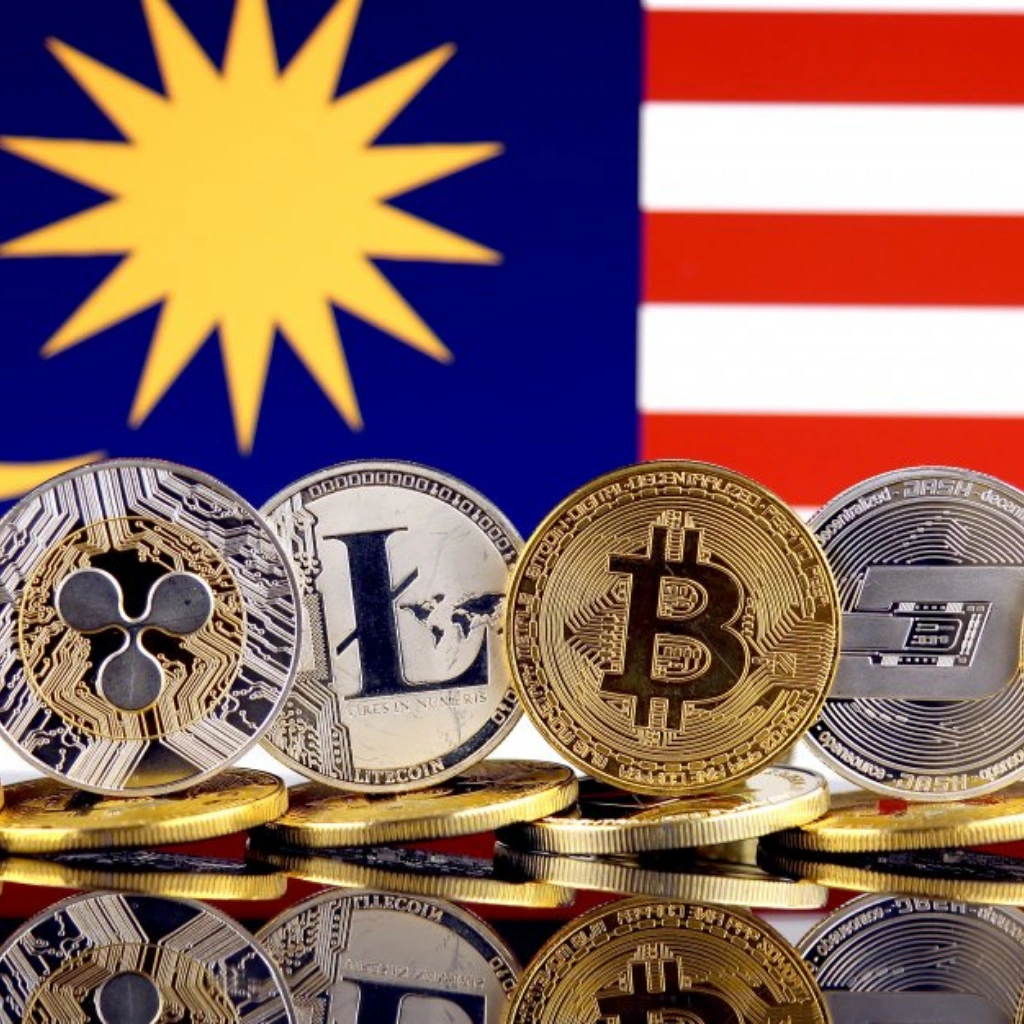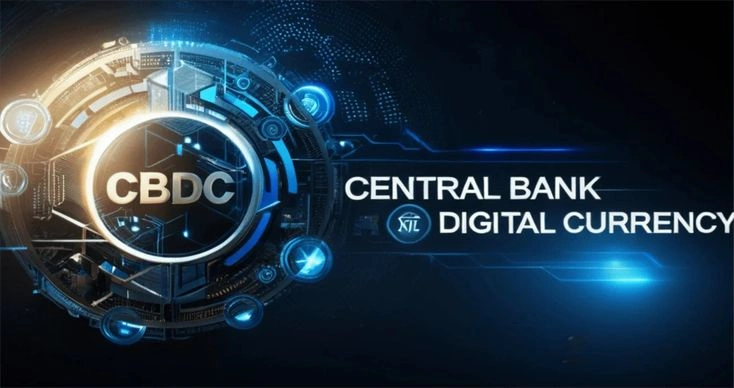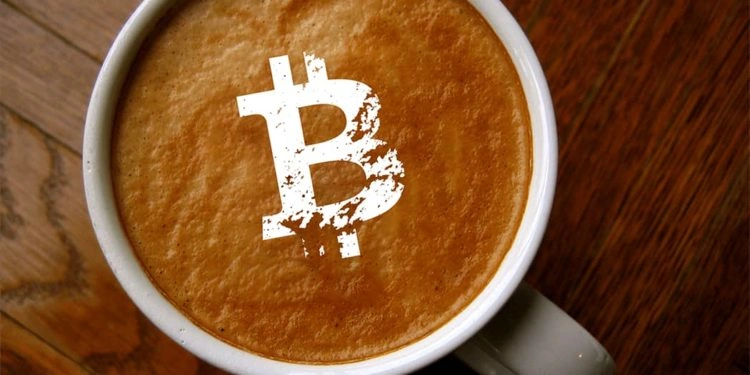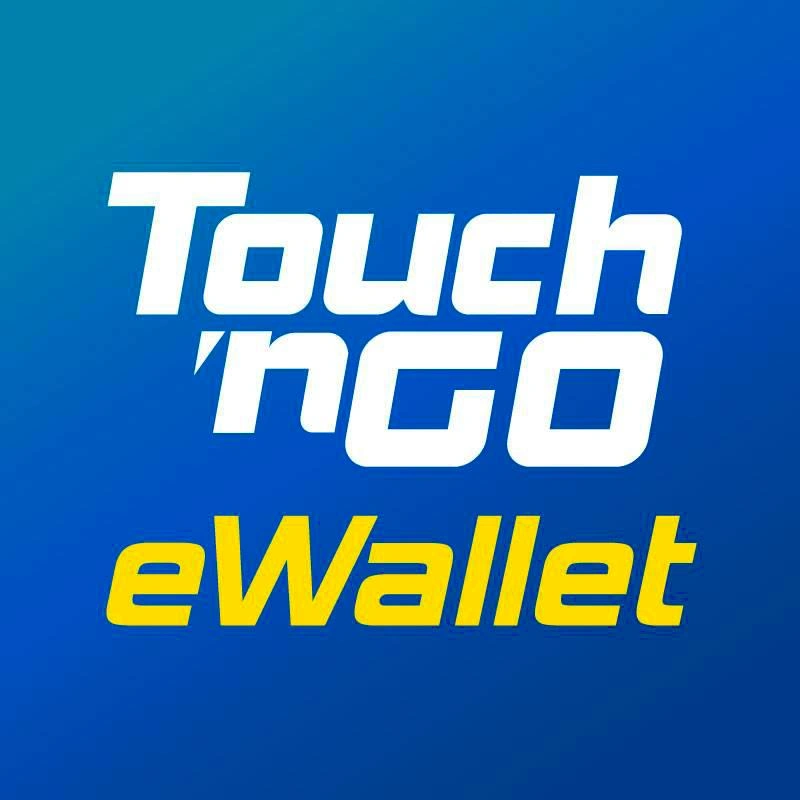Crypto Payments in Malaysia: 5 Big Myths That Need Busting
February 3, 2025

Malaysia crypto payment adoption: When it comes to crypto payments in Malaysia, confusion is the name of the game. On one hand, there’s hype. On the other, regulation. And somewhere in between? A whole lot of myths clouding the conversation.
So, let’s bust some of the biggest misconceptions — and figure out where Malaysia really stands on using crypto to buy your next cup of kopi.
Myth #1: Malaysia crypto payment adoption: “Crypto Is Banned in Malaysia”


Wrong. It’s not banned — just limited.
Malaysia hasn’t outlawed crypto. In fact, trading is legal and regulated. Platforms like Luno and Tokenize operate under the approval of the Securities Commission (SC). That’s a big deal.
What’s not allowed? Using crypto as legal tender. You can’t pay for goods and services in Bitcoin or Ethereum — at least not officially. Bank Negara Malaysia (BNM) is clear on this.
But here’s the twist: regulators are actively exploring a Central Bank Digital Currency (CBDC) — a state-backed digital ringgit. Not exactly Bitcoin, but a major step toward digital payments.
Myth #2: Malaysia crypto payment adoption: “No One’s Using Crypto for Payments Anyway”


False — some businesses already are.
While it’s not mainstream, a quiet wave of adoption is happening. Certain cafés, tech startups, and retailers accept crypto through third-party platforms that instantly convert it to ringgit. It’s not illegal — it’s just… unofficial.
What’s driving this? Young, tech-savvy Malaysians who are more comfortable scanning a QR code with a crypto wallet than carrying cash. And let’s not forget Malaysia’s booming fintech scene. If e-wallet giants like Touch ’n Go start to play in the crypto space? Things could move fast.
Myth #3: “There’s No Demand for Crypto Payments in Malaysia”
Also false. The interest is real — and growing.
So why do people want to use crypto for payments? A few reasons:
- Speed & convenience — No more waiting on clunky wire transfers.
- Crypto ownership is rising — People want to spend what they already hold.
- Global influence — Countries like El Salvador are doing it.
- Financial independence — Not distrust exactly, but a growing desire for decentralized alternatives.
It’s not just about rebellion — it’s about choice.
Myth #4: “Crypto Payments Are Too Risky and Confusing”


Partly true — but the tech is catching up.
Let’s be real: crypto can be volatile. No one wants to pay RM10 in Bitcoin today and realize they spent RM50 tomorrow. And yes, wallet addresses, gas fees, and blockchain jargon can be a turn-off.
But that’s changing. Tech is becoming more user-friendly. Some apps already offer stablecoin options or automatic conversions. In time, crypto payments could be as seamless as any QR-based system — if the right platforms step up.
Myth #5: “Malaysia Won’t Embrace Crypto Payments Anytime Soon”
Surprise: It might happen sooner than you think.
True, mass adoption needs a few things:
- Regulatory clarity
- Public education
- Better integration with existing tech
- Price stability (via CBDC or stablecoins)
But the pieces are moving. Regulators are watching. Startups are testing. Consumers are curious. The momentum is there, even if the roadmap isn’t finished.
Final Thought: Crypto Might Win the Race… Quietly
So, will Malaysia officially adopt crypto payments soon? Not tomorrow. Maybe not next year. But in 5 to 10 years? Don’t be shocked.
And in the meantime? Don’t be surprised if your neighborhood café gets ahead of Bank Negara and accepts crypto before the government does.
Because here’s the biggest myth of all:
“Innovation needs permission.”
It doesn’t. It just needs people willing to try — and rules that eventually catch up.
Relevant News: HERE

